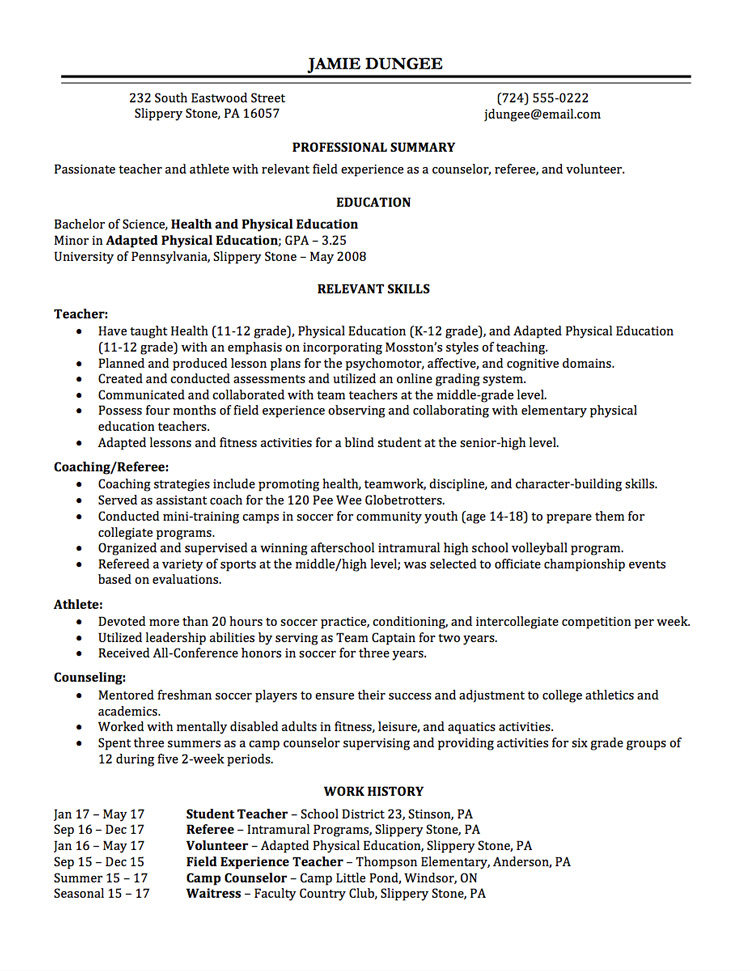

/en/resumewriting/objectives-summaries-or-professional-profiles/content/

The reason a hiring manager looks at your resume is to determine whether your skills and experience are a match for his open position. Where does he look on your resume? He looks at your Employment History to see if the skills and accomplishments you list show that you will be an ideal worker.
In this lesson, you will learn which format is best for listing your employment history. You will also learn how to market your resume by focusing your history on accomplishments and measures rather than simply listing duties. Then you will craft an employment history for your own resume.
The No. 1 reason employers are looking at your resume is to find out if your skills and experience match their needs. How do they know what skills and experience you've had, and how can they tell if you will be an asset to their organization? They'll do it all by reading your employment history section.
You want this section to be powerful and to represent you in the best possible light. However, it also must be clear, concise, and understandable to anyone who reads it. So how can you make your employment history both powerful and concise? Let's take a look at some of the most common ways to list employment history.
The chronological resume format lists your work history with the most recent position at the top. In the example below, Joe titled his employment history section Experience. You can use any title that makes sense for you, such as Work History or Professional Experience.
Click the buttons in the interactive below to learn more about the chronological resume format.

Let's take a look at the functional resume format, which lists your skills instead of detailing your work history. In the example below, Miranda has listed her skills by category, including Contracts Management and Leadership.
Click the buttons in the interactive below to learn more about the functional resume format.

Many hiring managers dislike the functional resume because they can't use it to gauge your reliability, longevity, or how recently you used certain skills. For example, someone who created sales brochures 20 years ago may not be familiar with the software technologies used to produce a sales brochure today.
Let's take a look at a resume that combines both the functional and chronological approach. In the example below, Jamie wanted to focus on her skills while still demonstrating a consistent work history.
Click the buttons in the interactive below to learn more about the combination resume format.

Download our Chronological Resume Template if you haven't already. If you've already started your resume template from a previous lesson, you can open that document.
You will be working only in the Experience portion of the document for this activity. Please refer to the following picture:

Replace the template text with your own information. Be sure to remove the brackets as you are replacing text.
/en/resumewriting/education-information/content/